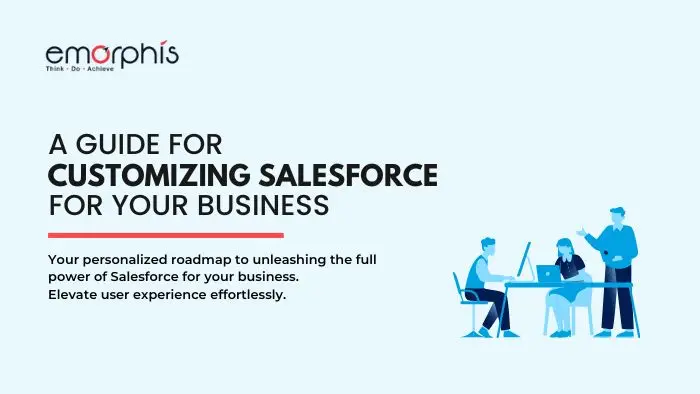Salesforce customization offers a powerful way to optimize your CRM for peak performance. However, the path to a perfectly tailored platform isn't always smooth. Here are three common challenges you might face, along with solutions to help you navigate them:
3 Common Salesforce Customization Challenges and How to Overcome Them
Challenge 1: Scope Creep
Sometimes, the desire to customize every aspect of Salesforce can lead to "scope creep." This happens when you keep adding features and functionalities, ballooning the project beyond its initial goals and budget.
Solution:
- Prioritize ruthlessly: Clearly define your core business needs and prioritize the customizations that will have the biggest impact.
- Phased approach: Break down customizations into phases, focusing on the most critical functionalities first. This allows you to assess progress and make adjustments before overextending resources.
Challenge 2: Maintaining Long-Term Functionality
Salesforce releases frequent updates with new features and bug fixes. However, custom configurations can sometimes break or malfunction with these updates.
Solution:
- Stay updated: Keep up-to-date with Salesforce releases and test the impact on your customizations beforehand. Utilize Salesforce sandboxes – isolated testing environments – to mitigate risks.
- Leverage AppExchange: Explore pre-built solutions on Salesforce AppExchange that might fulfill your needs instead of extensive custom development. These solutions are typically maintained by the developer and are more likely to remain compatible with future updates.
Challenge 3: User Adoption
Even the most well-intentioned customizations can backfire if users find them complex or confusing. Low user adoption can hinder the return on investment (ROI) of your customization efforts.
Solution:
- Involve users early: Get your sales team involved in the planning and design process. Their input will ensure the customizations address real pain points and workflows.
- Comprehensive training: Provide clear and comprehensive training on the new functionalities. User guides, video tutorials, and ongoing support can help users adapt smoothly.
By understanding these challenges and implementing the suggested solutions, you can approach Salesforce customization with a clear roadmap and avoid common pitfalls. Remember, a successful customization strategy is about balancing functionality with long-term maintainability and user adoption.
For more help, partner with a Salesforce customization services provider.
Also, check out this complete guide on customizing Salesforce.

